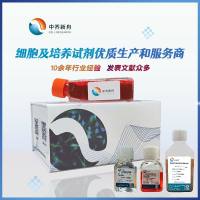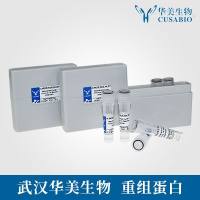Microinjection of myo-Inositol(1,4,5)trisphosphate and Other Calcium-Mobilizing Agents into Intact Adherent Cells
互联网
836
Many receptor tyrosine kinases and seven-transmembrane receptors are directly coupled or coupled via G proteins, respectively, to the activation of phosphoinositidase Cs (1 ). These enzymes catalyze the hydrolysis of phosphatidylinositol 4,5-bisphosphate to produce the second messengers, myo -inositol(1,4,5)trisphosphate [Ins(1,4,5)P3 ] and diacylglycerol (1 ). Ins(1,4,5)P3 interacts with a specific receptor that is a ligand-gated channel that allows mobilization of non-mitochondrial intracellular calcium (Ca2+ ) stores (1 ). Because Ins(1,4,5)P3 is plasma membrane impermeant, this phenomenon was first demonstrated in permeabilized pancreatic acinar cells (2 ), and all subsequent studies in cells have involved introduction of Ins(1,4,5)P3 by rendering a cell population permeable (3 ), using microinjection techniques (4 ), or by the presentation of chemically modified membrane-permeable Ins(1,4,5)P3 analogs, such as photolabile “caged Ins(1,4,5)P3 ” (5 ). An alternative approach involves disruption of the plasma membrane and preparation of microsomes from the intracellular vesicular Ca2+ stores (6 ,7 ); however, microsomal preparations exhibit a loss of Ins(1,4,5)P3 responsiveness compared to permeabilized and intact cells.









